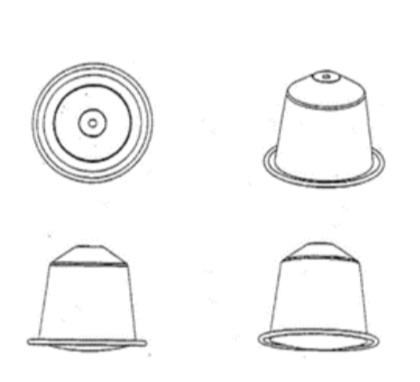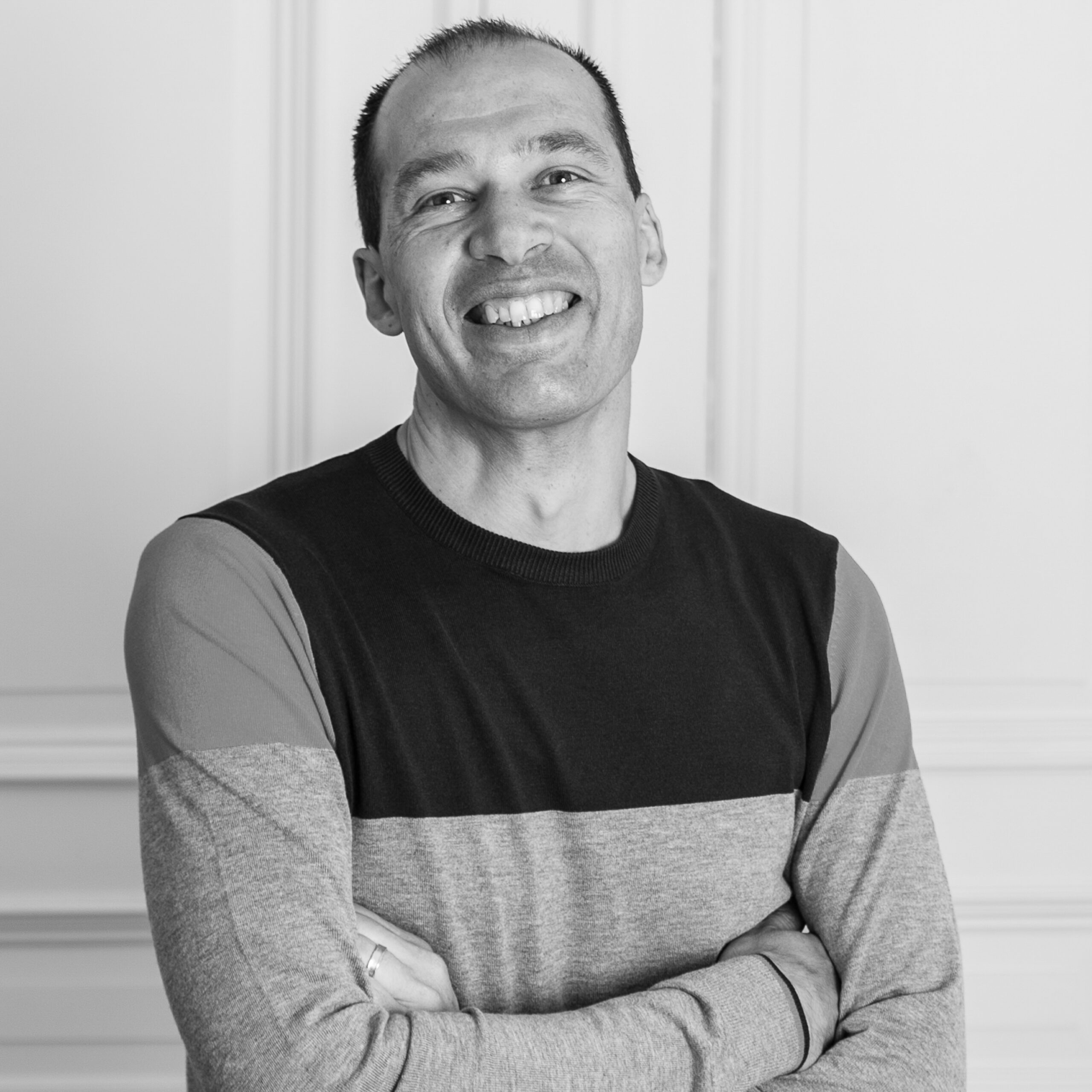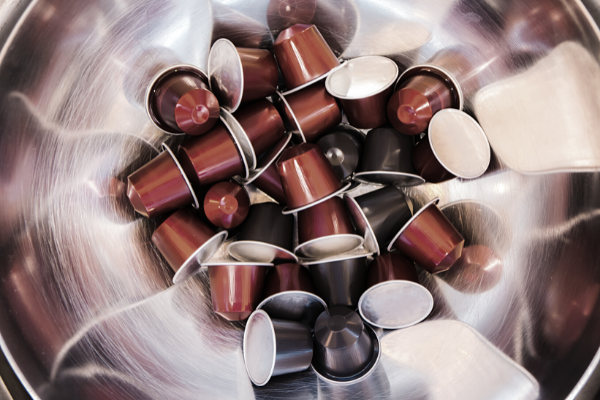We all know Nespresso, but what you may not have known is that the Nespresso capsules that George Clooney touted to us for years with his seductive smile are more than 50 years old.
It is precisely because the concept of fast coffee from a capsule is now so old, that Nestlè is having difficulties holding off copycats. Patent rights are often limited in time and obtaining trademark protection for the shape of the capsules does not appear to be easy following a recent Swiss decision.
Read with us how Nestlé is (unsuccessfully) trying to restrict the counterfeiting of its capsules through trademark law.
Patented coffee capsules
Patents protect the technical aspects of an innovative product. Anyone who, after much research and development, can demonstrate a technical innovation (that did not exist before) can have that new technology protected via a patent. Patent protection prevents others from taking your idea and making a profit on the back of your R&D investments. This provides good protection for innovative companies and also encourages investment in R&D.
For example, a company that develops a unique new coffee capsule, which keeps individual portions of coffee powder fresh until they are perforated and high-pressure steam is forced through them, can protect (specific parts of) its capsules based on patent rights and prevent others from making the same or similar capsules.
However, a patent does have some drawbacks. First of all, a patent application is a relatively complex and technical matter, where you as an entrepreneur really need specialized help to put together a strong case. That in itself makes a patent application an investment. In addition, patents are limited in time. The government’s intention is to offer a company protection (in se a maximum of 20 years) only for the time required to recoup its investments, but then to make knowledge public. That way, other companies can build on previous inventions.
It is precisely this time limitation that Nestlé is now being confronted with. All the patents that Nestlé had for various aspects of the machines and capsules have now expired. Nestlé did modify the technical design of the capsules a bit over time so that it could then apply for a new patent each time for those modifications, but that strategy is proving to be a finite story.
And when your patents expire…?
But what do you do as a company when all your patents expire and there are no more technical innovations for which you could reapply for a patent? Well, either you resign yourself to the fact that from now on everyone can (im)make your coffee capsules themselves, or you look for alternative ways to protect your capsules.
Potentially, a company could look to copyright, design or trademark law for this. Each of these intellectual property rights can do its part in its own way in protecting the name, design, logo, color combinations or other external aspects of a product.
3D Shape Marks (not) a solution?
Nestlé sought the solution for its Nespresso capsules in trademark law, more specifically through a (3D) shape mark. 3D shape marks offer trademark protection for the outward appearance of a three-dimensional object. This protection is granted for a period of 10 years, but can in principle be extended indefinitely as long as the trademark remains in use. The threshold that shape marks must overcome to enjoy protection as a trademark is the requirement of distinctiveness. As a rule, a shape will have to differ significantly from what is common to have distinctive character.
The similarity between the protection of a shape as a trademark and as a design is that both methods of protection are not possible when the shape is necessary to obtain a technical result. Design law, unlike trademark law, does protect forms that give substantial value to a product. For something to qualify for protection as a design it must be new and have an individual character. Because Nespresso capsules have been on the market for such a long time, they have long lost their novelty. Nestlé therefore opted for protection as a 3D shape mark because this was the only form of protection left.
The 3D shape brands for the Nespresso capsules were registered by Nestlé in different countries in an attempt to prevent other companies from also making its capsules themselves.
Already in 2000, for example, Nestlé registered a Swiss shape mark for its Nespresso coffee capsules. It did the same for some other non-European countries. The company then tried to do the same in the EU, but despite the successful registration in some non-European countries, Nestlé failed to obtain protection as an EU trademark. In April 2002, the European trademark office EUIPO refused to grant an EU trademark for the coffee capsules because their shape lacked sufficient “distinctiveness” (read: it was too similar to the many other coffee capsules on the market).

Moreover, the trademarks that Nestlé did get registered for outside the EU are now being declared invalid one by one because the shape of the capsules is considered “technically necessary”. Trademark law (both inside and outside the EU) only protects “creative” trademarks and does not protect texts, images or shapes that are too descriptive or that are merely dictated by the technical requirements of a product. To put it very simply, a wheel must be round in order to roll, which is a purely technical requirement. This means that a round wheel cannot qualify for trademark protection.
Annulment of the Swedish trademark
Very recently, Nestlé’s 3D shape trademark strategy received the death blow. On September 7, 2021, the Swiss shape mark for the Nespresso capsules was also declared invalid by the Swiss Federal Supreme Court. This ruling did not come suddenly. After all, on December 8, 2017, the German Bundespatentgericht had already made a similar decision.
In that case, Nestlé claimed that Ethical Coffee Company (ECC) had infringed its trademark rights. ECC had in fact marketed biodegradable coffee capsules that were compatible with Nespresso coffee machines. Ethical Coffee, for its part, sought the cancellation of Nespresso’s Swiss shape trade mark on the grounds that the registered trade mark was a shape that was technically necessary.
The Federal Supreme Court now confirms, in summary, that the shape of the Nespresso capsules is (excessively) determined by the sheer technical requirements that a capsule must meet. The reason for this, says the Swiss court, is because competitors of Nespresso cannot use any (reasonably conceivable) alternative shape to make capsules that can also work with Nespresso machines (without exceptional costs). This ensures that the shape of the capsules is not a creative design choice but a technical necessity, which implies that Nestlé cannot claim trademark protection of its capsules. The Swiss Federal Court of Justice also refers to similar reasoning of the European Court of Justice (Switzerland is not part of the EU,) in cases concerning the shape of Lego bricks (C-48/09) and Philips shavers (C-299/99).
As a business owner, what should you remember?
Above all, the whole coffee capsule war between Nestlé and its competitors teaches us that intellectual property rights are a powerful weapon for companies to strengthen their competitive position. It is no coincidence that Nestlé is trying to protect its capsules under trademark law. The holder of the trademark right on the Nespresso capsule can prohibit others from bringing the same or similar capsules on the market, which in turn forces consumers to continue buying their own (expensive) capsules.
As a company, there are many things that cannot be protected under trademark law. Not only 3D shape marks are often refused. Daily practice shows that (especially the Benelux) trademark office(s) are becoming increasingly strict and that trademark applications are increasingly being refused because they are too descriptive, too distinguishing or, for example, too technically necessary. As a result, trademark applications are more specialized work than ever before and it is best to prepare your trademark application well if you want to prevent it from being refused.
However, this does not detract from the fact that a trademark application always remains a good and smart investment and that, as a company, it is best to have your (potential) trademarks protected as quickly and as often as possible.
We also stress to all our clients, and specifically to start-ups, the great importance of their IP. After all, intellectual property is capital for a company and an investment for the future. Companies are therefore well advised to ensure maximum protection of their intellectual property.
A thorough investigation into how trademark law, copyright law, software protection, data protection, designs, patents or know-how protection can be used to provide maximum protection for a company’s knowledge and creation deserves the necessary attention and investment.
Questions about trademark law or intellectual property in general?
Sirius Legal can help you draft license and distribution agreements, trademark and design agreements, publishing agreements and non disclosure agreements.
Feel free to call or e-mail Bart Van den Brande at +32 486 901 931 or at bart@siriuslegal.be or schedule a meeting directly in Bart’s agenda.
This article was written by Pieter Dirix

